The Easiest Low Carb Keto Lupini Beans Recipe for Beginners
Keto lupini beans offer a revolutionary twist for health-conscious snackers seeking protein-rich alternatives.
These remarkable legumes transform ordinary munching into a nutritional powerhouse with minimal carbohydrate impact.
Mediterranean cultures have long appreciated their distinctive, slightly bitter profile and remarkable nutritional density.
Incredibly versatile, lupini beans deliver a satisfying crunch that perfectly complements various seasoning approaches.
Their unique texture and remarkable macronutrient composition make them an ideal ingredient for restricted dietary protocols.
Crispy, light, and packed with essential nutrients, these beans elevate traditional snacking experiences beyond conventional expectations: you won’t believe how delicious nutrition can taste!
Why Lupini Beans Are the Hidden Keto Hero
What You’ll Need for a Flavorful Bean Bowl
Main Ingredients:
Lupini Beans: A protein-rich legume popular in Mediterranean cuisine, these beans are low-carb and packed with nutritional benefits. Choose fresh, pre-soaked lupini beans for best results.
Seasoning Ingredients:Cooking Essentials:How to Cook Lupini Beans the Easy Way
Step 1: Preparing Lupini Beans
Drain the lupini beans in a colander and rinse thoroughly. Gently pat the beans dry using clean paper towels, ensuring they are completely moisture-free.
Step 2: Creating Flavor Blend
In a spacious mixing bowl, whisk together:Toss the lupini beans in the zesty mixture until each bean is perfectly coated.
Step 3: Air Fryer Cooking Method
Spread the seasoned beans in a single layer inside the air fryer basket. Cook at 380°F for 10 minutes, pausing midway to shake and redistribute the beans for even crispiness.
Step 4: Oven Roasting Alternative
If using an oven, arrange the beans in a single layer on a baking sheet. Roast at 400°F for 15 minutes, stirring halfway to ensure uniform golden-brown edges and maximum crunch.
Step 5: Serving Suggestions
Allow beans to cool for a few minutes after cooking. Serve as a crunchy snack, salad topper, or protein-packed appetizer. Store in an airtight container for up to five days to maintain peak crispness.
Tips for Softer Texture and Balanced Flavor
How to Store Cooked Lupini Beans Safely
Flavor Twists That Boost the Bean Game
One More Scoop Before We Go
Mediterranean snack magic unfolds with lupini beans, a protein-packed keto-friendly delight.
Zesty lime and chili powder create an irresistible flavor profile that elevates this simple legume.
Crispy exterior and tender interior make these beans an addictive alternative to traditional chips.
Health-conscious individuals can savor these nutrient-dense morsels without compromising taste or dietary goals.
Minimal ingredients and quick preparation ensure anyone can master this simple recipe.
Culinary adventures await when you crack open that lupini bean bag and transform ordinary snacking into a gourmet experience.
Share this revelation, drop a comment below, and spark excitement among fellow flavor seekers!
Print
Low Carb Keto Lupini Beans Recipe
- Total Time: 15 minutes
- Yield: 4 1x
Description
Lupini Beans showcase Mediterranean magic with their protein-packed crunch and zero-carb profile. Zesty herbs and olive oil elevate this simple Mediterranean snack into a keto-friendly delicacy you’ll crave again and again.
Ingredients
Main Ingredients:
- 225 grams (1 ½ cups) Lupini beans (canned, jarred, or vacuum-sealed)
Seasoning Ingredients:
- 1 tablespoon Lime juice
- 1 teaspoon Chili powder
- ¼ teaspoon Sea salt (or to taste)
- ¼ teaspoon Black pepper (or to taste)
Oil Ingredient:
- 1 tablespoon Olive oil
Instructions
- Thoroughly rinse the lupini beans under cold running water in a colander, ensuring all excess liquid is removed by gently patting them dry with clean paper towels.
- Create a zesty marinade by combining freshly squeezed lime juice, extra virgin olive oil, ground chili powder, finely ground sea salt, and freshly cracked black pepper in a spacious mixing bowl.
- Gently fold the lupini beans into the seasoning mixture, ensuring each bean is evenly and generously coated with the flavorful marinade.
- For air fryer preparation, carefully distribute the seasoned beans in a uniform single layer within the air fryer basket, avoiding overcrowding to promote even crisping.
- Air fry the beans at 380°F (193°C) for approximately 10 minutes, pausing midway to shake the basket and promote uniform roasting.
- Alternatively, for oven roasting, arrange the marinated beans in a single layer on a rimmed baking sheet lined with parchment paper.
- Roast in a preheated oven at 400°F (204°C) for 15 minutes, using a spatula to turn the beans halfway through cooking to ensure consistent browning and crispiness.
Notes
- Drying beans completely prevents soggy results and ensures maximum crispiness when cooking.
- Seasoning needs thorough mixing to guarantee every lupini bean bursts with delicious flavors across each bite.
- Spacing beans separately creates golden, crunchy exteriors without steaming or trapping moisture between them.
- Experimenting with spice levels transforms these protein-packed legumes from basic to extraordinary snacking experience.
- Cooling time after cooking enhances textural crunchiness, allowing natural moisture to evaporate and develop irresistible crispness.
- Prep Time: 5 minutes
- Cook Time: 10 minutes
- Category: Snacks, Appetizer, Lunch, Dinner
- Method: Baking
- Cuisine: American
Nutrition
- Serving Size: 4
- Calories: 61
- Sugar: 0.1g
- Sodium: 7mg
- Fat: 3.4g
- Saturated Fat: 0.6g
- Carbohydrates: 3.3g
- Fiber: 1.1g
- Protein: 5g
- Cholesterol: 0mg

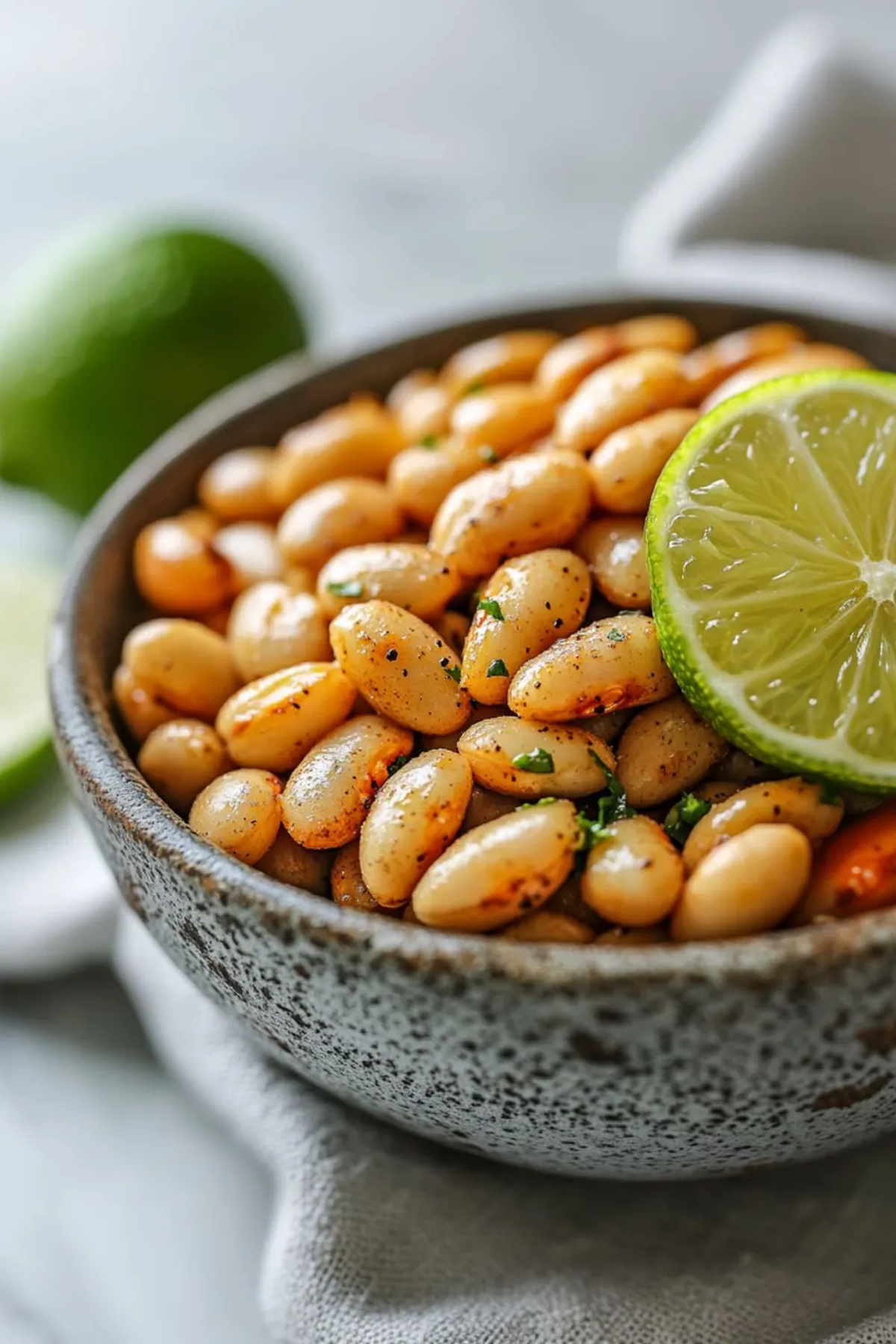
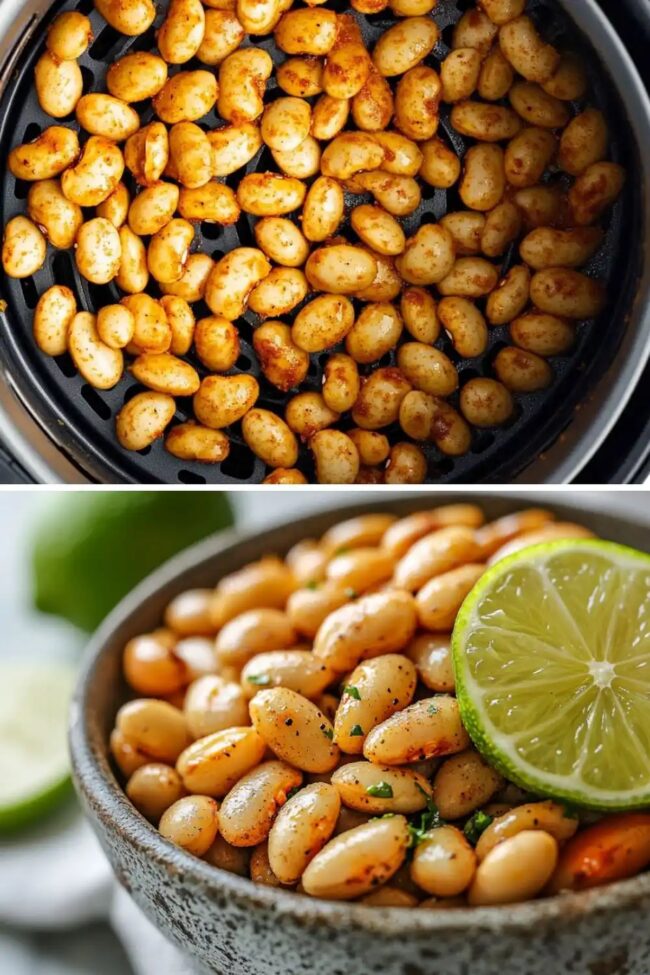
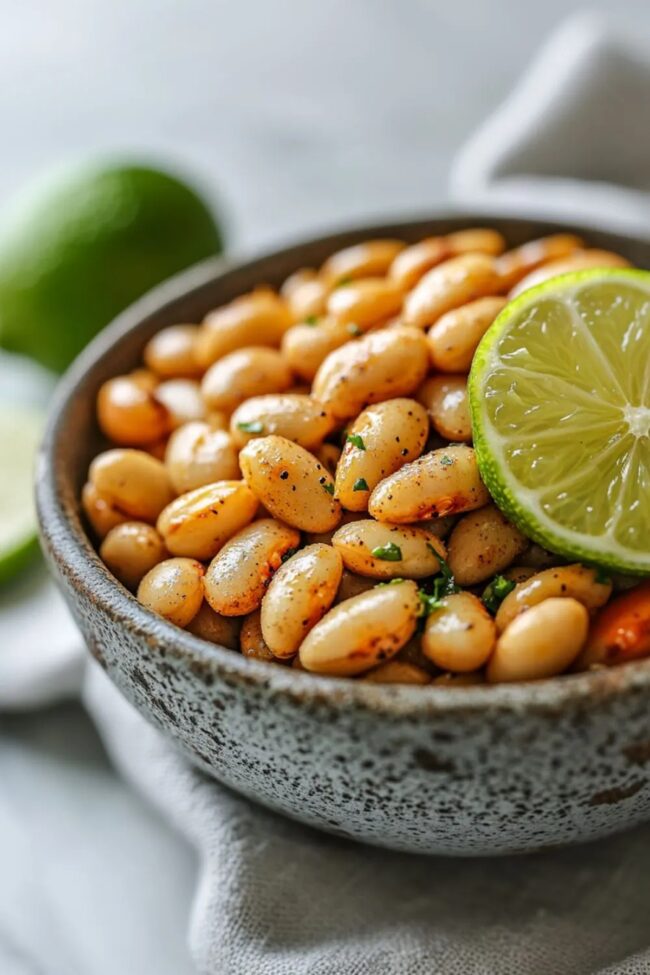
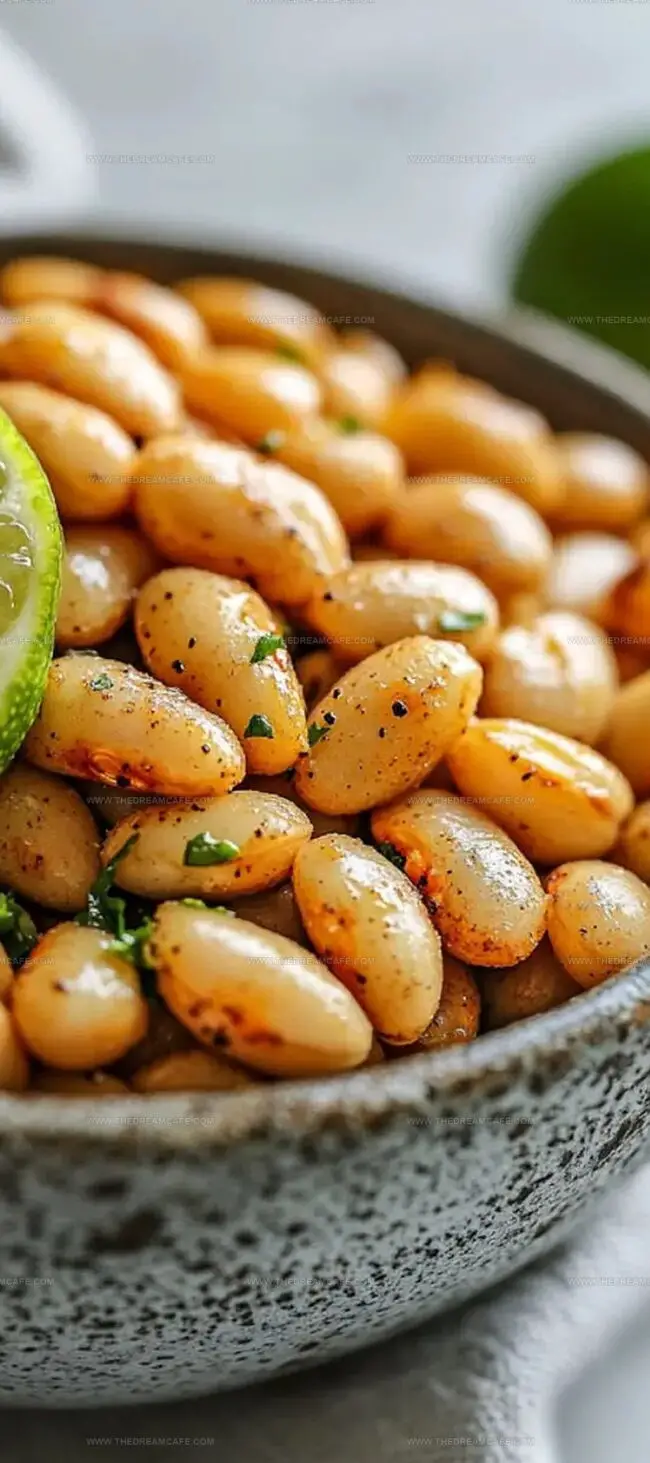
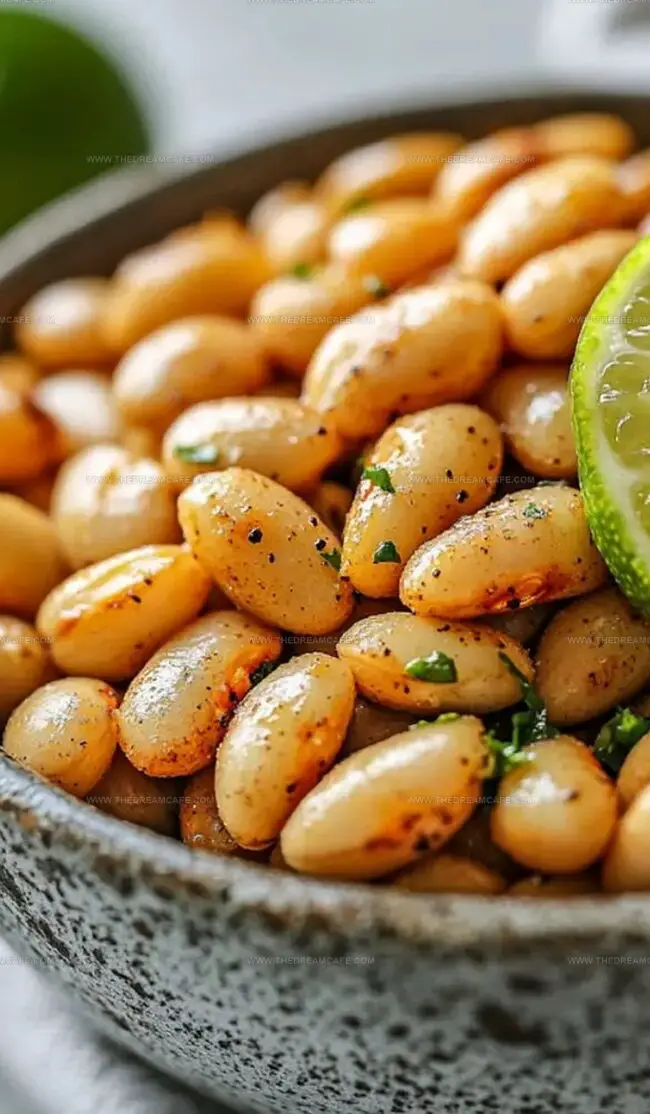
Julian Park
Co-Founder, Cuisine Researcher & Food Culture Writer
Expertise
Education
The Institute of Culinary Education (ICE), Los Angeles, CA
Julian Park is a natural storyteller at The Dream Café who blends hands-on culinary experience with a passion for exploring global food traditions. A graduate of The Institute of Culinary Education in Los Angeles, Julian combines professional technique with a love for cultural discovery, diving into how dishes reflect heritage, migration, and identity.
His work spans everything from in-depth cuisine guides to reflections on everyday meals around the world. With a curious palate and a journal always close by, Julian helps readers connect with food in a way that feels so insightful and personal.